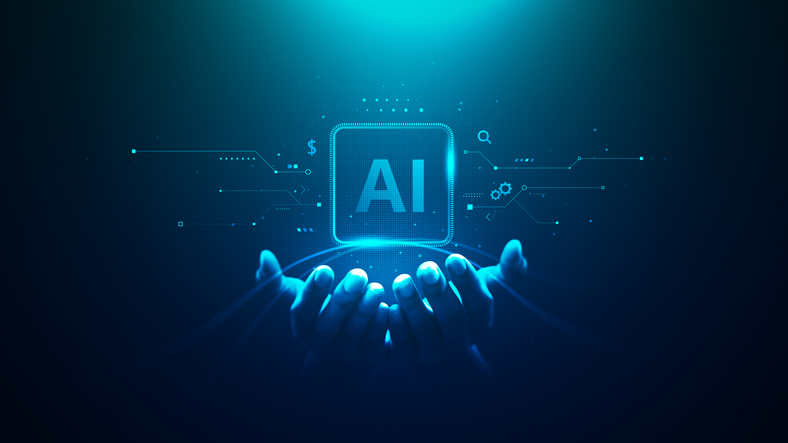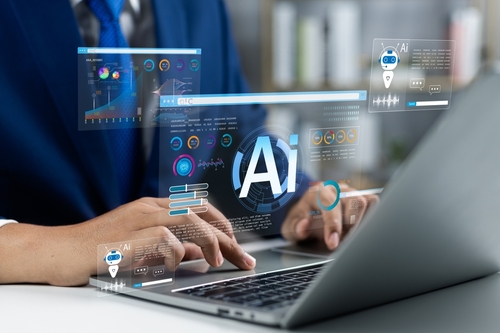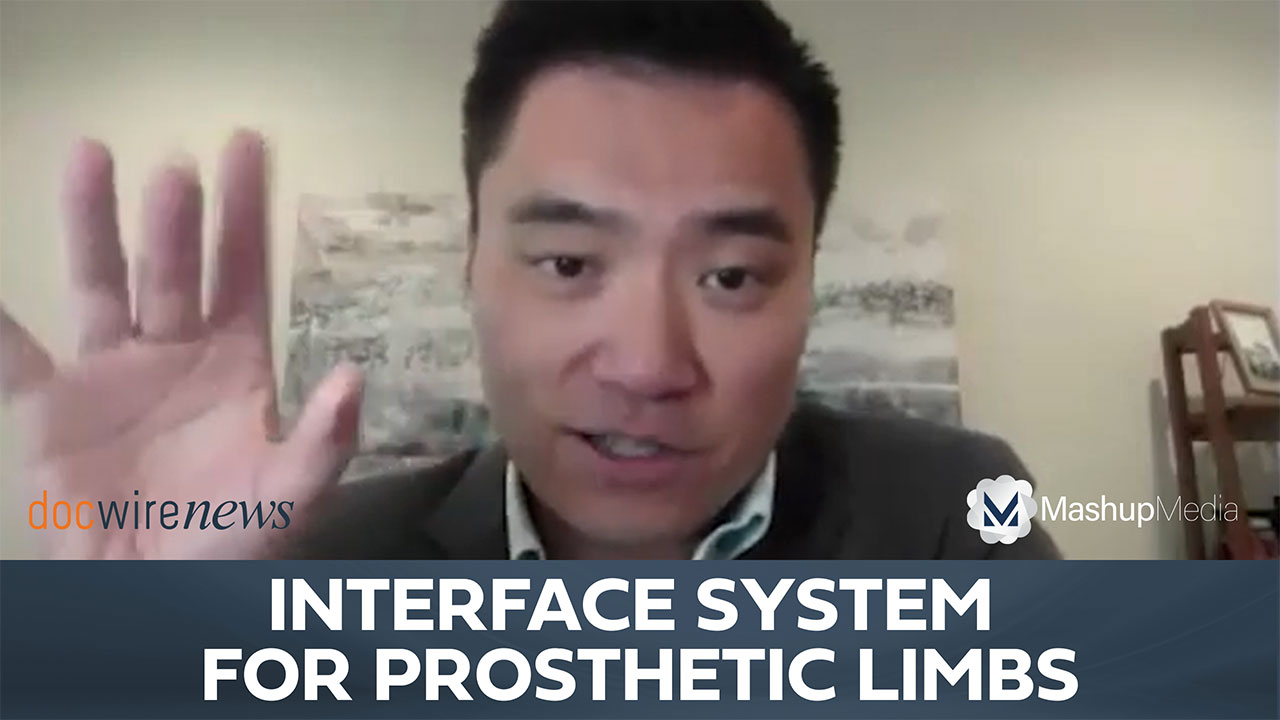
The medical world has been filled with exciting advances over the last several decades, including new medications, robotic-assisted surgeries, and exploration into artificial intelligence (AI). So what’s on the horizon for AI in the world of health care?
“Artificial intelligence” is a catch-all term to describe machine intelligence that implores critical thinking comparable to that of a human being. John McCarthy is widely credited with coining the phrase in the 1950s; he is often regarded as the father of AI. Alan Turning is also considered one of the founders of AI.
So how is it used today, and more specifically, how is it used in health care?
A review published in the Journal of Family Medicine and Primary Care (JFPMC) in 2019 took a deep dive into the different ways AI is used in medicine. Relevant articles were identified through searches of PubMed and Google with the key phrase “artificial intelligence” and performing subsequent cross-references.
It turns out AI is utilized in a wide variety of ways, “ranging from online scheduling of appointments, online check-ins in medical centers, digitization of medical records, reminder calls for follow-up appointments and immunization dates for children and pregnant females to drug dosage algorithms and adverse effect warnings while prescribing multidrug combinations,” the researchers reported. They categorized its uses in the following buckets:
- drug development
- disease diagnostics
- analysis of health plans
- health monitoring
- digital consultation
- surgical treatment
- managing medical data
- personalized treatment
- medical treatment
While the use of AI is clearly reaching wide into numerous aspects of medicine, the researchers in this review say that the sector most “upfront and welcoming” of AI is radiology. They cite the example of mammography, which makes great use of computer-assisted diagnoses (CADs)—a method that is, in some cases, fraught with inconsistent results in terms of sensitivity and specificity, as well as sometimes associated with false-positive test results.
“As suggested by a study, AI could provide substantial aid in radiology by not only labeling abnormal exams but also by identifying quick negative exams in computed tomographies, X-rays, magnetic resonance images especially in high volume settings, and in hospitals with less available human resources,” the reviewers speculated.
What Is Contributing to the Expected Growth?
An analysis published by Graphical Research attributed the significant growth in AI in the North American healthcare sector to multiple factors:
- Aging population. As older people continue to represent a greater share of the population, so too does the need for more medical facilities as well as care for serious illnesses increase.
- Machine learning. Analysts predict a surge in the use of machine learning, notably tying this technology to precision medicine.
- Medical imaging and diagnosis. Medical imaging and diagnosis are expected to grow significantly over the next several years. This is a segment that can stand to benefit tremendously from AI.
Downsides, Challenges Associated with AI Implementation
As with the introduction of anything new, the use of AI in medicine comes with its own challenges, negative outcomes, and growing pains.
As noted by the researchers of the JFPMC review, one downside to AI implementation could be the loss of jobs. AI may eliminate the human error factor and could perhaps, in some cases, eliminate the need for humans entirely. The other negative aspect of AI acknowledged by these researchers is that the use of AI would take away human touch-empathy, as well as emotional intelligence.
While one positive associated with AI use would be a possibly decreased workload, that may not be the case for everyone. A review published in Nature Biomedical Engineering in 2018 pointed out that to implement AI in health care would require premarket-approval submissions to go before the Food & Drug Administration (FDA)—meaning an influx of submissions for the agency to sift through and vet.
AI will also require the agency to look at this technology in a different way.
“The FDA announced in April 2018 that it is moving toward a ‘pre-certified approach’ for AI software that learns and improves continuously. The proposed approach will first look at the technology developer, rather than primarily at the product. As such, a clear guideline needs to be made regarding the certification of the teams that develop, revise and update the AI systems,” the researchers noted.
Potential legal ramifications must also be considered. For instance, if a medical malpractice suit is filed, it poses the question: who is held liable? If you have filed for a medical malpractice against a dentist, dental experts can help make your case.
To address all of the challenges associated with widespread AI implementation will require an “all hands on deck” approach, as described by the researchers:
“To address the challenges, AI researchers and medical practitioners need to work together to prioritize and develop the applications that address crucial clinical needs. Hospital administrators would have to evaluate and mitigate clinical workflow disruption when introducing new AI applications. Companies will have to determine the right framework within which they can conduct prospective clinical trials that evaluate the performance of AI systems in the clinical setting. And insurers should assess the value created by medical AI systems and potentially revise their reimbursement policy to reduce the cost of healthcare while improving its quality.”







 © 2025 Mashup Media, LLC, a Formedics Property. All Rights Reserved.
© 2025 Mashup Media, LLC, a Formedics Property. All Rights Reserved.